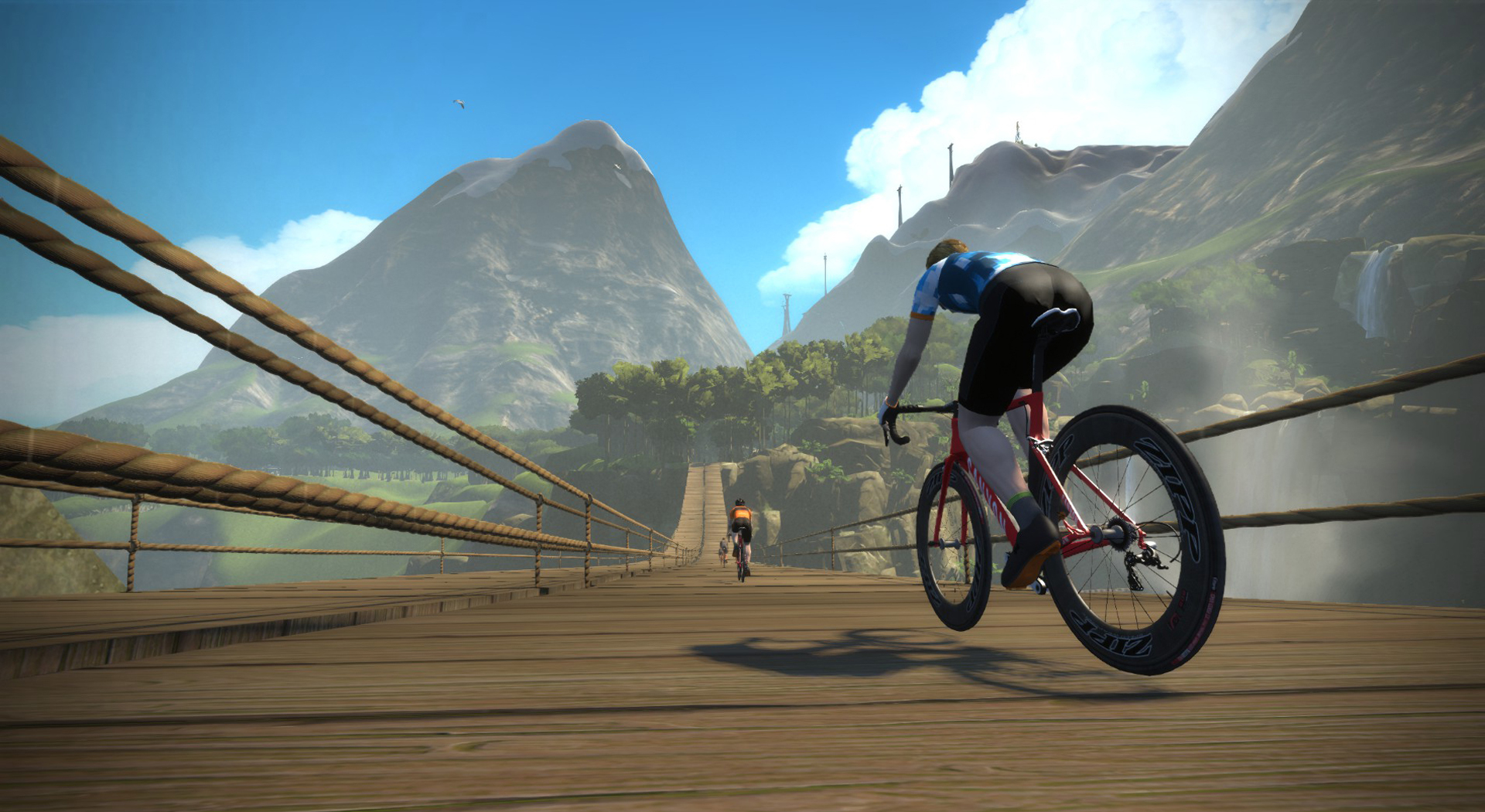
Looking to burn fat at home, increase your cardio fitness and get stronger? You're in luck: we just happen to have the best Zwift setup for every budget. If you like fitness and you like video games you will LOVE Zwift. Viewed from the outside it can look rather intimidating and expensive but it is actually just about the most fun you can have while burning thousands of calories. With this handy guide, you should also hopefully find a Zwift setup that suits your budget, too.
Zwift is an indoor cycling – and more recently, running – training app that has changed the way cyclists ride. It is an ever-expanding virtual world made up of courses to challenge everyone from beginners to pros, as well as some quite brutal training programmes to really get your pulse racing.
There is a perception that it is expensive and for sinewy Lycra warriors only, but actually there is a best Zwift setup for most budgets. The benefits go way beyond getting riders ready for the road. It can give anyone an intense, time-saving exercise regime – even confirmed non-cyclists will get fitter and stronger with Zwift. There's no traffic to worry about, too.
- Zwift: your ultimate guide
- How to get fit fast at home with indoor cycling
- Get fit: these are the best exercises for beginners
Is Zwift just for hardcore cyclists?
There's no doubt MAMILs (middle aged men in Lycra) were the original target market for Zwift, but why should they have all the fun? Whether you call it cycling or a spin class, pedalling a bike is one of the best ways to improve cardio health, lose weight and get more toned legs. If you are also not starving yourself like a 'proper' cyclist, it's also an ideal element of building better overall body definition. Think Sir Chris Hoy rather than Sir Bradley Wiggins.
Zwift can be used by fitness fanciers of all levels of experience, and it can sure as hell get harder as you improve, as long as you get equipment that puts up enough resistance – we have included great examples at every price point in this guide. Zwift can provide short-burst, HIIT-style workouts or long, meditative virtual rides. It might be the only home exercise setup you ever need, alongside a home weight set.
Zwift is a great way to keep fit, providing the motivation, engagement and results you need to keep coming back, whether riding solo on the app’s virtual roads, joining a group ride or embarking on a training plan.
“Anyone can benefit from Zwift,” says Pav Bryan of Spokes Personal Performance Coaching. “Even if you don’t race, you can join a social group ride and become totally immersed in a new and expanding world.”
Sign up to the T3 newsletter for smarter living straight to your inbox
Get all the latest news, reviews, deals and buying guides on gorgeous tech, home and active products from the T3 experts
Here’s how you can use Zwift to improve your fitness and what you need to get started, regardless of your budget.
Best Zwift setup: what do you need?
- A bike – either your own bike on a trainer on set of rollers, or a dedicated indoor exercise bike.
- Something to measure your speed and power – your smart trainer or indoor bike will probably do this already. Otherwise, you'll nee an ANT+ or Bluetooth power meter.
- A compatible screen to view Zwift on – a smartphone, tablet, laptop or even one of the best best TVs
- Something to hold the screen in front of you – Wattbike Atom has a built-in holder for smart devices. Otherwise, either get your spouse to stand there and hold it for you, or purchase a bike phone mount.
- A Zwift account. Get a free Zwift trial here.
What do you need to get started on Zwift?
First things first, you need a subscription to Zwift, which costs £12.99/$14.99 a month (Zwift also offers a seven-day free trial).
Most people will use Zwift with a turbo trainer, which converts your regular bike into an indoor training bike via the rear wheel. If you’re using a conventional turbo trainer, you’ll also need a ANT+ or Bluetooth speed sensor in order for Zwift to estimate your power output.
In recent years we’ve also seen the emergence of smart trainers, with internal electronics that directly measure your power output and transmit that data to Zwift (and other compatible training apps). Smart trainers offer the most realistic and engaging Zwift experience, but inevitably are more expensive.
If you're going the turbo trainer route, you don't need to specifically look for a 'Zwift turbo trainer', just ensure the one you have meets the criteria above.
So, what is the best Zwift setup? Here are our three top options…
1. Ultimate Zwift setup: Wattbike Atom
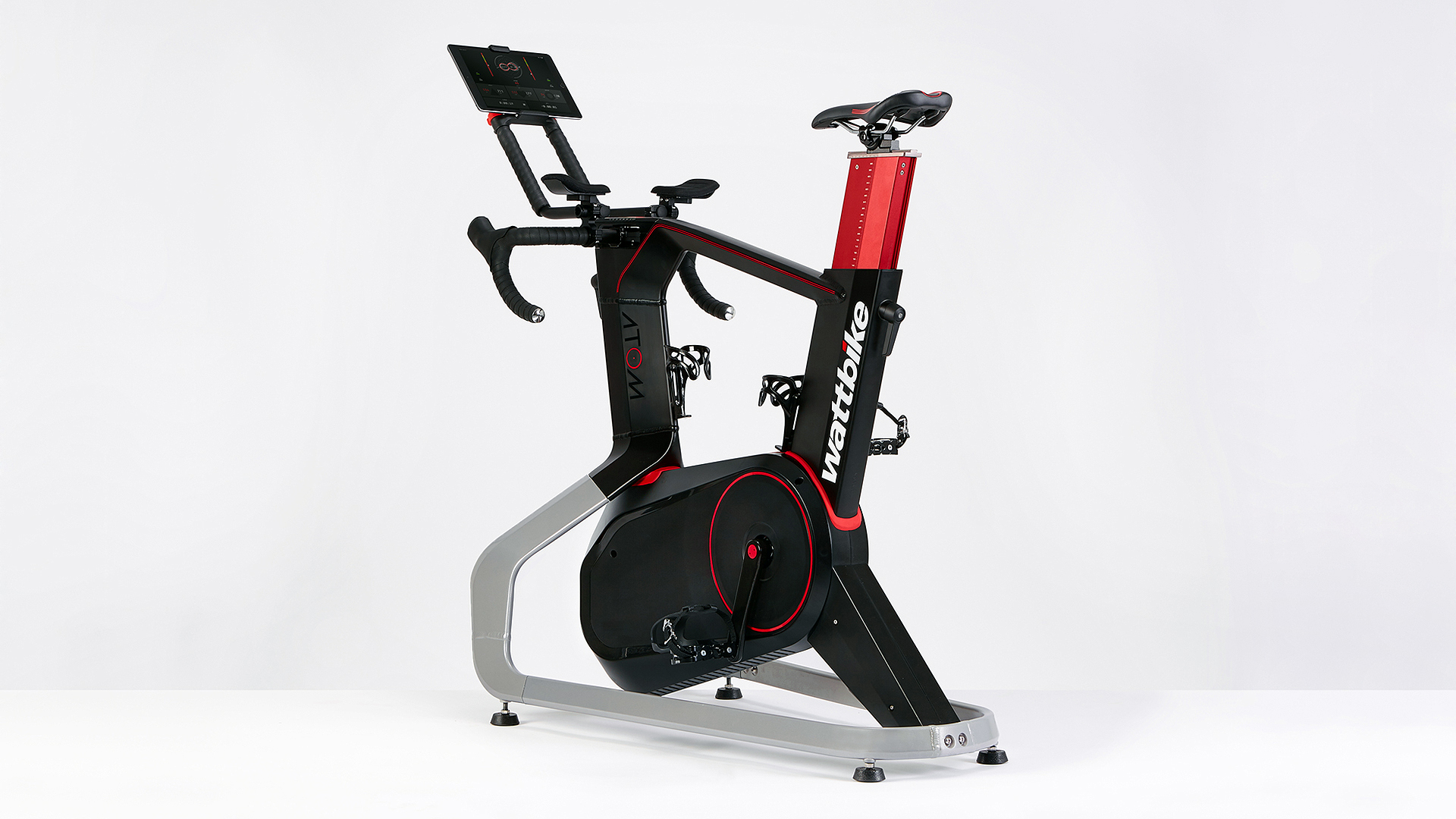
• Buy next generation Wattbike Atom from Wattbike, from £45 per month
Wattbike has a long history of producing top-level training bikes and the next generation Wattbike Atom is the company’s most advanced bike to date.
The next-gen Atom offers full ANT+ and Bluetooth connectivity, so it can seamlessly connect to Zwift and a host of other software, including Wattbike’s own Hub app, which offers a comprehensive range of performance tests, training plans and analytical tools.
The next generation Atom is a dedicated indoor training bike so you can jump straight on – there’s no faffing about with attaching your regular bicycle. It’s fully adjustable, so multiple members of the same household can use it, and the drop handlebar is equipped with instant, electronic shifters, with 22 gears to adjust the resistance. This replicates the feeling of riding a bike on the road, indoors, with uncanny accuracy.
Of course, as a smart bike, you can also set the next generation Atom to automatically adjust the resistance as you ride, whether completing a lung-busting interval session or simply cruising the roads of Zwift.
Ironically, given that Wattbike was developed for those in search of hardcore cycling mayhem, it is actually the best Zwift option for non-cyclists as it does not require you to own an actual road bike that you then attach to a turbo trainer.
2. The best cheap Zwift setup: Elite Qubo Power Fluid
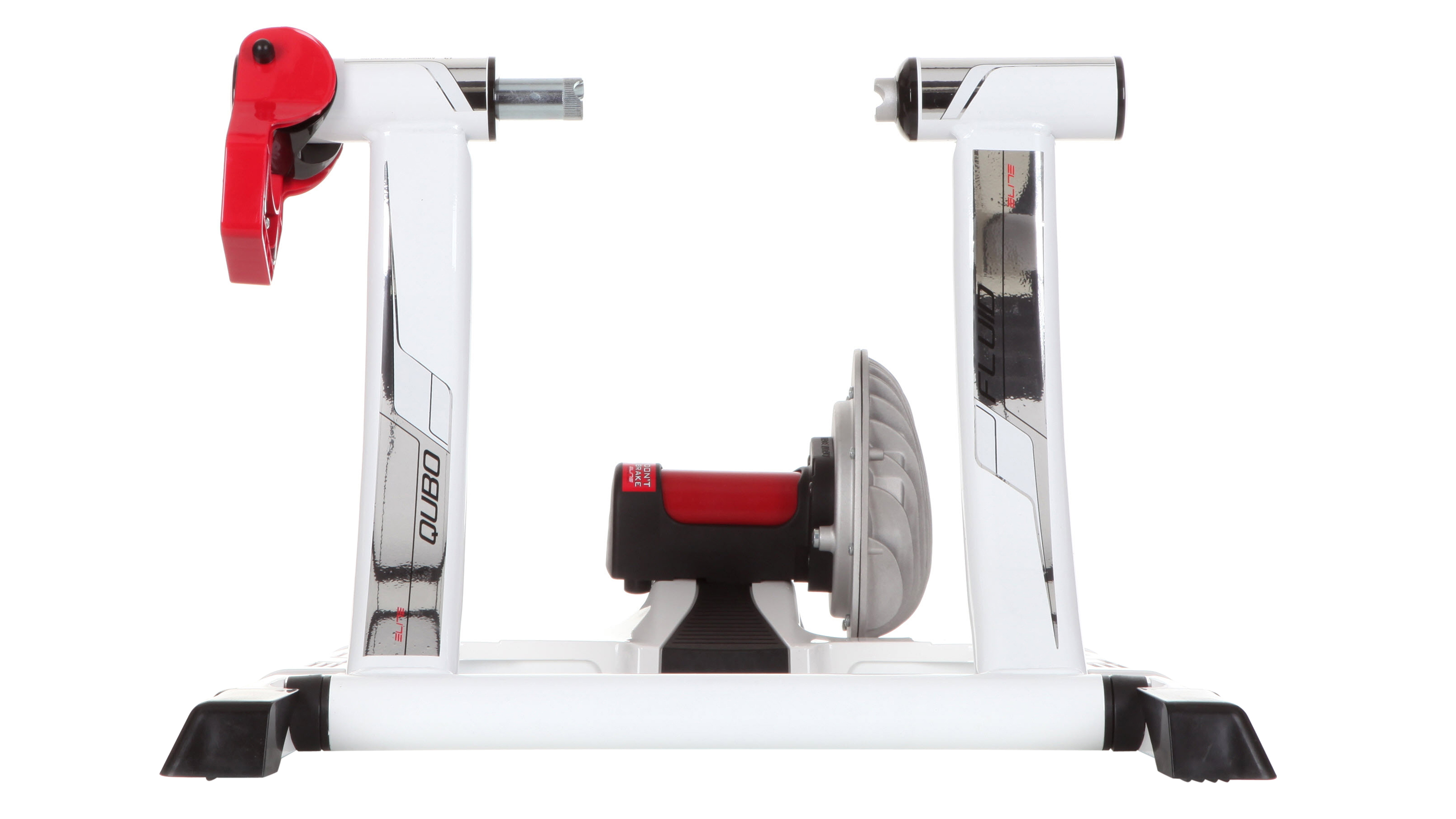
The Elite Qubo Power Fluid is a conventional turbo, so it’s not capable of directly measuring power or automatically controlling the resistance, but it does offer excellent ride-feel for a budget trainer, helping to keep things smooth as you turn the pedals.
In order to use Zwift, you’ll also need to partner the Qubo Power Fluid with a speed sensor attached to your bike, which in turn needs to be paired to your smart device via ANT+ or Bluetooth (this will enable the app to estimate your power).
3. Mid-range Zwift option: Tacx Flux Smart

Step up a level with the Tacx Flux Smart, a mid-range, direct-drive smart trainer that offers built-in power measurement to a claimed accuracy of +/- three per cent and full connectivity.
That, of course, means the Flux Smart can directly link up with third-party apps, with the trainer capable of handling a thigh-crushing 1,500 watts, while also being able to replicate a gradient of up to ten per cent, so you’re ready to take on the toughest courses Zwift has to offer.
We’ve long been fans of the flagship Tacx Neo and, while the Tacx Flux Smart doesn’t quite have the all-singing features of its big brother, this is a serious impressive trainer for the money if you want to get the true Zwift experience without breaking the bank.
What is Zwift?
Zwift is an indoor training app that links your turbo trainer or indoor exercise bike to your computer, smartphone or tablet. Pedaling your bike powers a customisable avatar around one of the app’s five virtual worlds, each with its own network of roads.
Like riding outside, you can simply pedal at your own pace while there’s also the option to join group rides or complete structured training sessions. The harder you ride, the faster you go, with the app using an algorithm to convert your power output and weight into speed. There are also a number of Zwift training plans and Zwift workouts that you can use to help you meet your fitness goals.
If you’ve got your bike hooked up to one of the latest smart turbo trainers, or you’re using a smart-enabled indoor training bike, the app will automatically control the resistance to lock onto your target power during a training session, ensuring you get the most from every pedal stroke.
Smart trainers and smart indoor training bikes are also capable of automatically adjusting the resistance as the gradient changes on Zwift’s virtual roads, becomes harder as things get steeper, and easier when riding downhill. You also get a little breather when drafting another rider, just like when you’re riding on the road. Clever, eh?
- Best running headphones: also great for indoor (and outdoor) cycling
- Best running watches: track your heart rate as you pedal hard
- Best Suunto watch: multi-sport fitness watches from Finland for tracking triathlon and trekking
- Best Polar watch: running watches do NOT begin and end with Garmin or Fitbit

Set Zwift up quickly and off you go!
Three of the best Zwift workouts to make you stronger
The advent of indoor training applications such as Zwift has proven to add another dimension to what was previously considered a mind-numbing but necessary chore. As the game has developed so have the variety of workouts available to users, all of which have been tailored by coaches for the best results.
In this pixel-based environment riders can participate in a raft of various in-game workouts which are a great way of adding structure to your training as well as boosting your fitness and strength.
Easy or challenging, each workout is based on your FTP (functional threshold power) – the best average power output you can sustain for one hour. Geared to your particular ability, these sessions are aimed at building on your strengths and targeting your weakness areas in the form of high-intensity workouts.
1. The FTP test
In order to get the most out of any of the Zwift workouts you’ll need to know your FTP score. A quick way to get this sorted is by performing a FTP or ramp test. Not only will it provide you with a good baseline figure from which to kick off the season, as your fitness level increases so will your FTP. Zwift currently offers three FTP workouts, namely the ‘FTP Test’, ‘FTP Test (shorter)’ and the ‘Ramp Test’.
How it works:
Regardless of which workout you choose, determining your FTP will require a short but intense all-out effort. While there’s no easy way of determining this figure – suffering is par for the course – the Ramp Test is probably the least invasive method of the three tests, requiring around 4-8 minutes of hard effort. After a five minute warmup, you will perform a series of 1-minute intervals, which begin at 100 watts and increase by 20 watts each minute until you can’t turn the pedals any longer. Once you stop pedalling, your FTP will be calculated based on your effort.
2. Jon’s short mix
So you’ve got a tight schedule? No problem. Jon’s Short Mix is one of 10, 'Less than an hour to burn' high-tensity sessions designed by Zwift to maximise your time. While by no means enjoyable, this workout focuses on a series of sub-threshold and maximal bursts which aim to improve your anaerobic capacity.
How it works:
It starts with a brief warmup and goes straight into two short anaerobic bursts, quickly followed by three max-effort sprints. There’s something for everybody in this quick mix of pain and pleasure, including a sweet spot training (SST) block to stimulate the FTP zone and a couple of efforts for the sprinters.
3. Mat Hayman Paris-Roubaix 1
Zwift has become so effective as a training tool that many professional riders have flocked to it as a means to keep fit during the winter months as well as recover from injury. Take Mathew Hayman, for example, who used Zwift to win Paris-Roubaix in 2016 after breaking his arm six weeks before the race. The Paris-Roubaix 1 workout gives Zwifters a little taste of what was required from Mat Hayman to win the cobbled Classic.
How it works:
The Mat Hayman Paris-Roubaix 1 workout is one of the most brutal sets currently available on Zwift. In fact, if you don’t feel nauseated after the first 10 minutes you’re doing it wrong. It doesn’t look all that intimidating at first but after the five minute warmup you’re thrown straight into a 20-second maximal sprint followed by one minute recovery at 65% FTP – repeat three times. A 20 minute SST interval follows, after which point you can either carry on (if you're strong enough) or throw in the towel. And it gets harder… 12 more maximal sprints separated by one-minute SST efforts.
This article is part of a series on indoor cycling, supported by Wattbike
- The best Zwift setup for every budget
- HIIT: how to torch fat fast with High Intensity Interval Training
- Uphill cycling tips from 'Everesting' world record holder
-
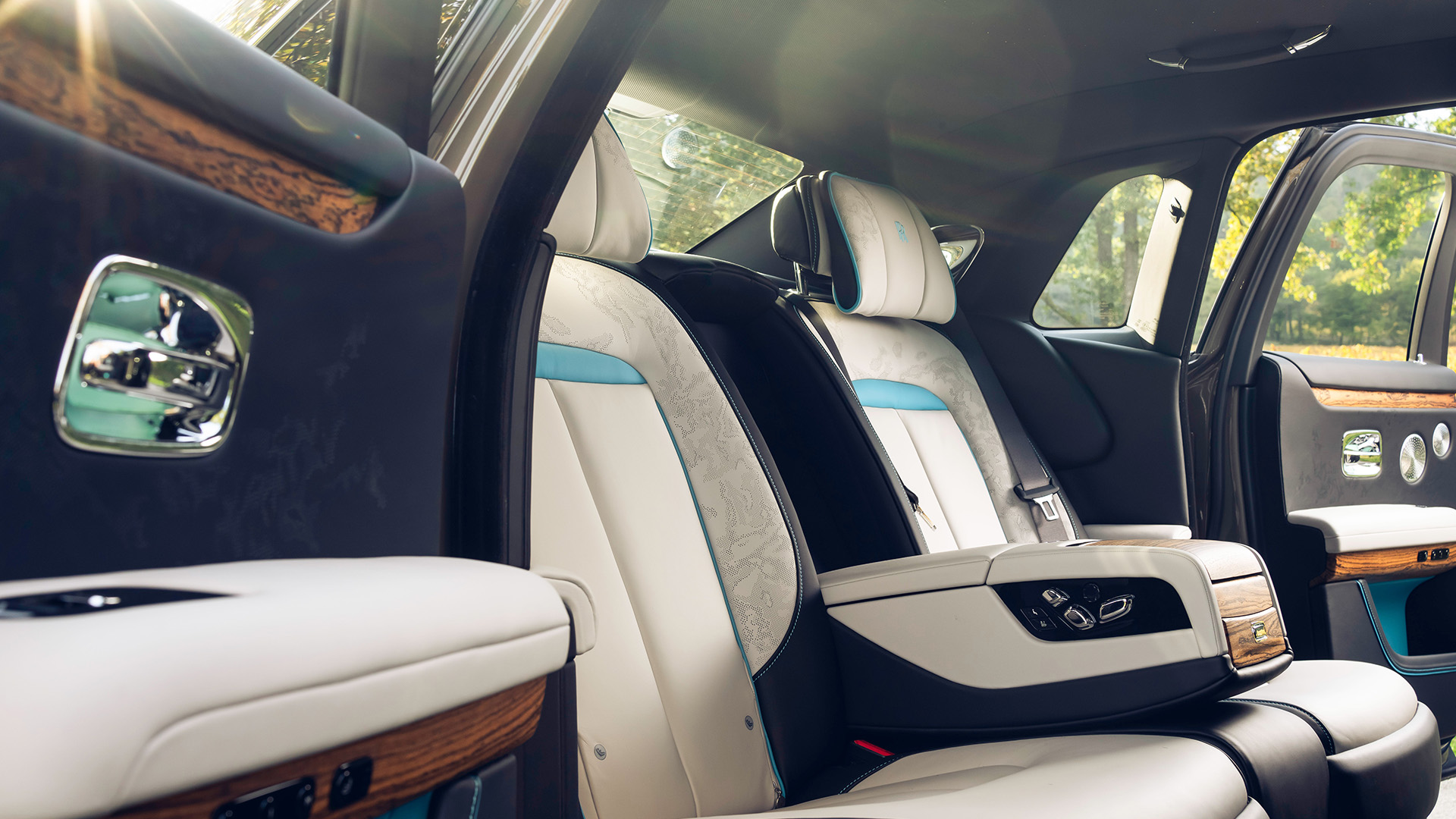 Driven to distraction: the ultimate luxury cars to sit in the back of
Driven to distraction: the ultimate luxury cars to sit in the back ofWhen you’re being driven rather than driving, these are the cars that will let you arrive in style
By Mat Gallagher Published
-
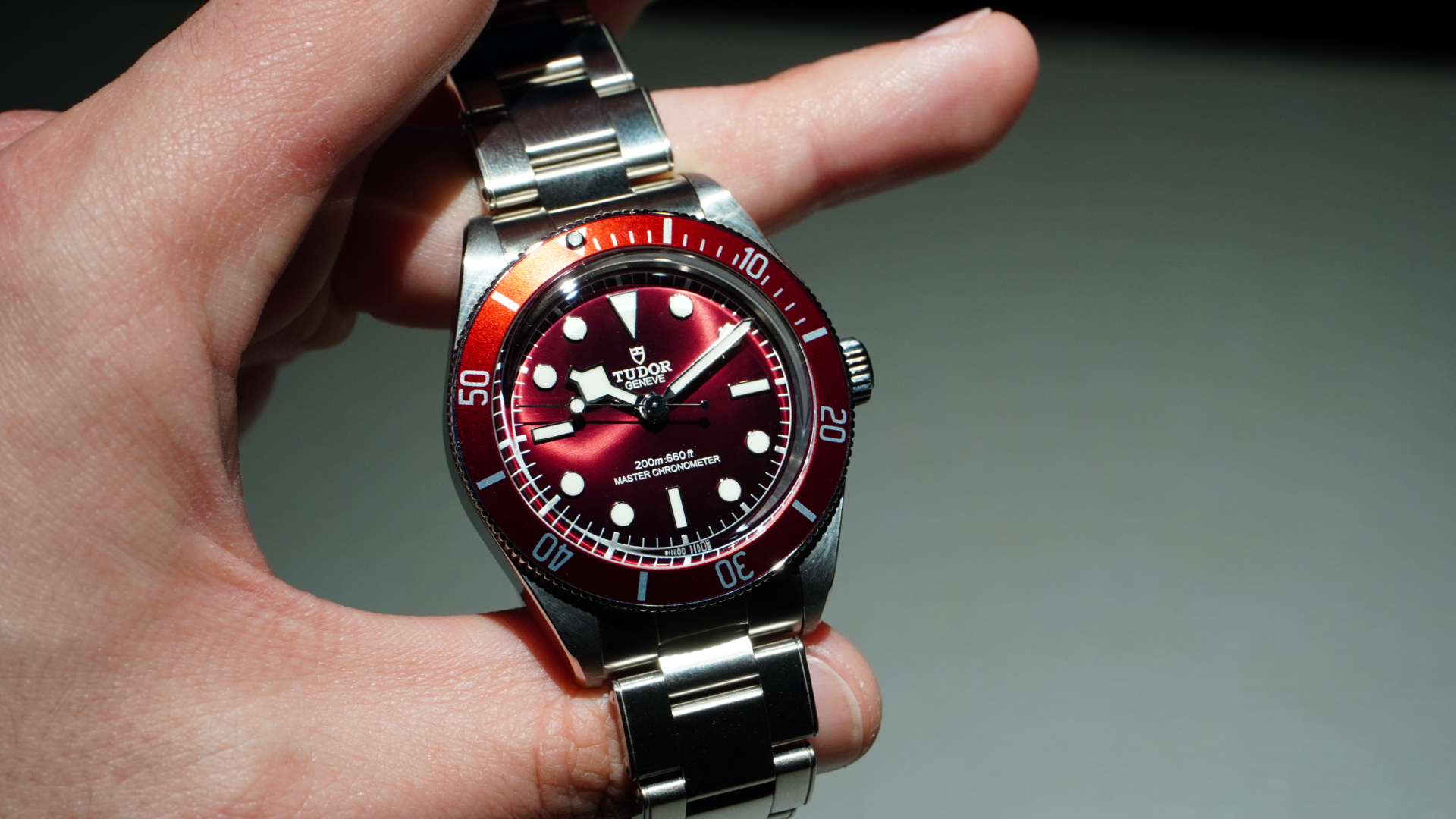 I tested every new Tudor at Watches and Wonders – my favourite caught me by surprise
I tested every new Tudor at Watches and Wonders – my favourite caught me by surpriseThe Rolex sister brand had a lot to offer
By Sam Cross Published
